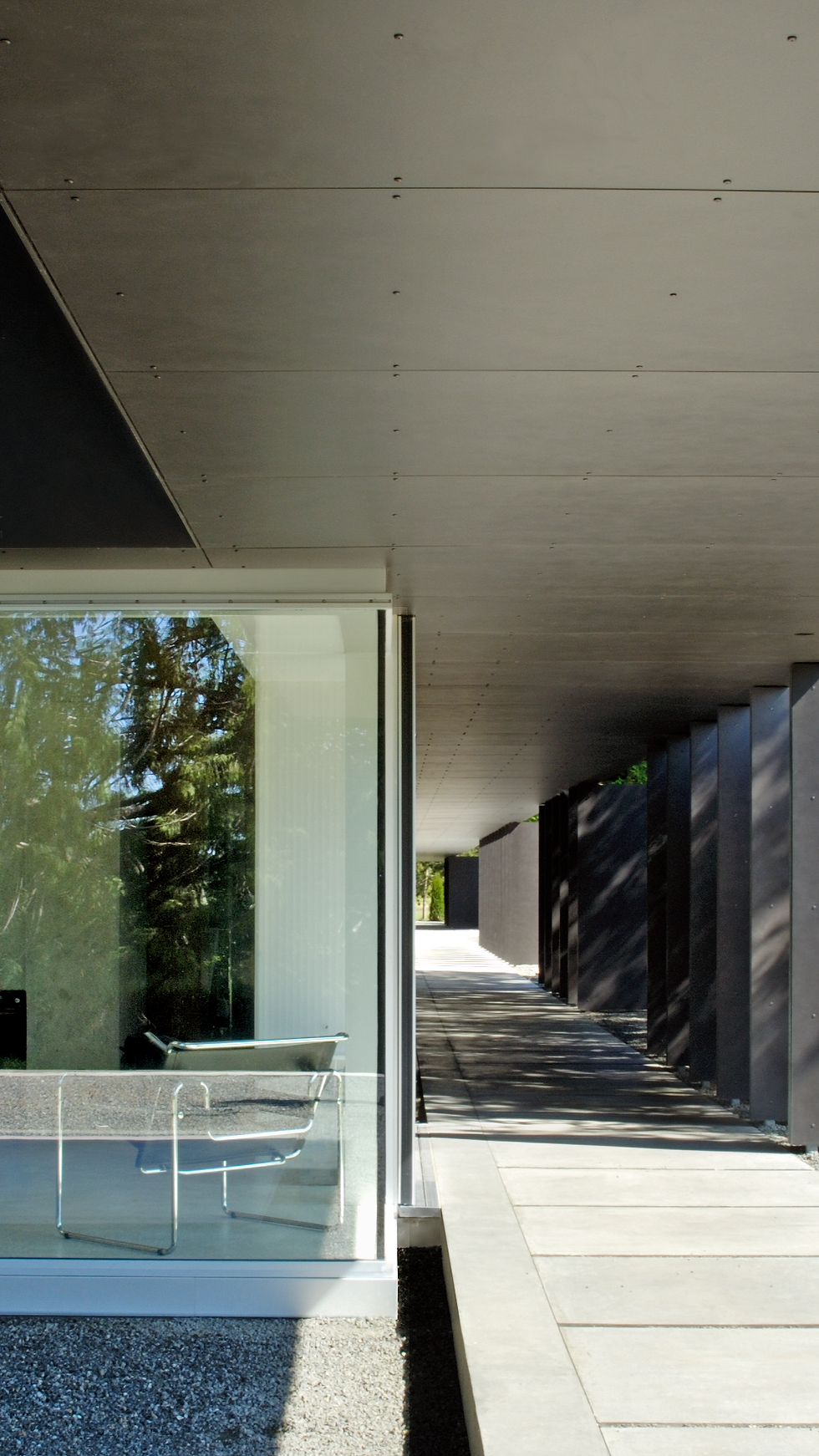top of page



Linear House
Linear House is located on a sixteen acre farm on Salt Spring Island, an island in the Strait of Georgia between Vancouver Island and the mainland of British Columbia, Canada. The property is bisected from east to west by a long row of mature Douglas fir trees. There is a gentle slope falling across the site from south to north. The south half of the site is an orchard containing a variety of fruit trees; the north half of the property is a hay field. There was an existing cottage on the property which has been sold and relocated to a neighbouring property. The existing barn, garage and studio buildings remain.
Linear House

bottom of page














